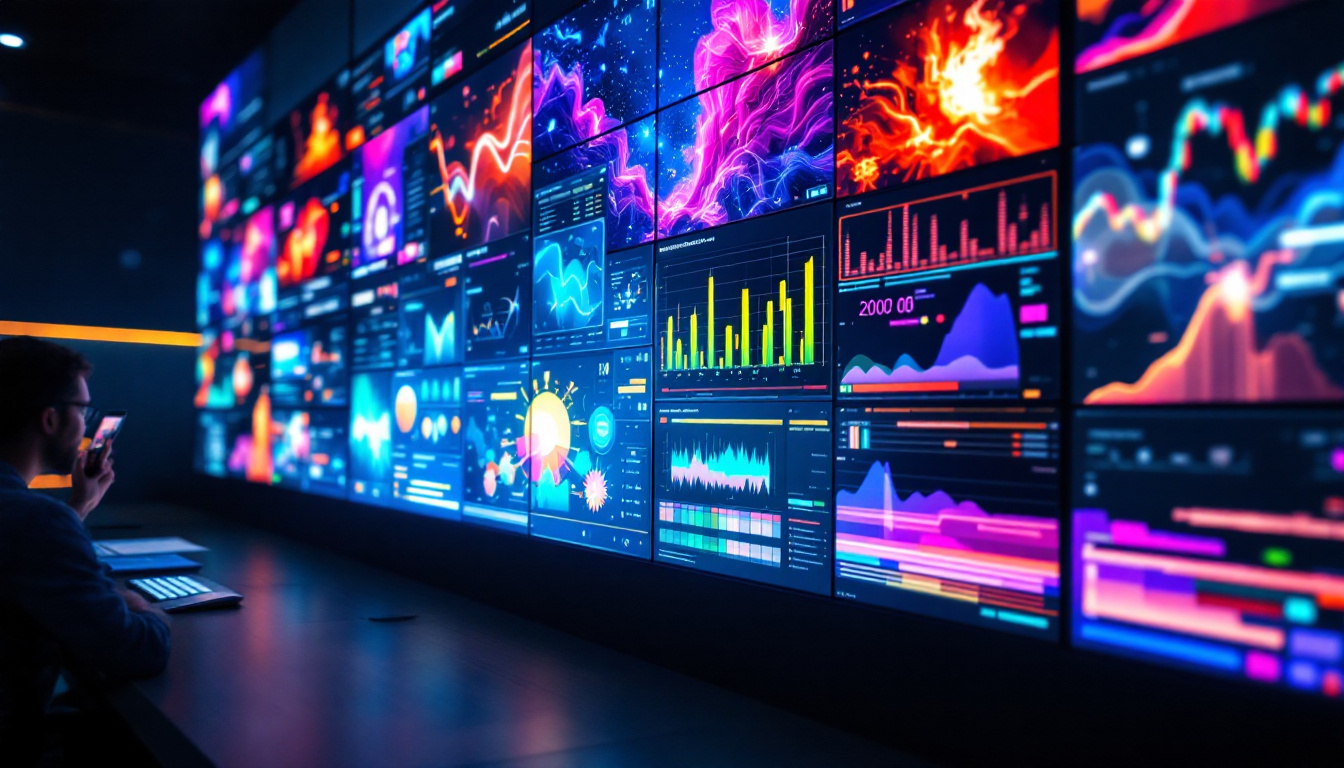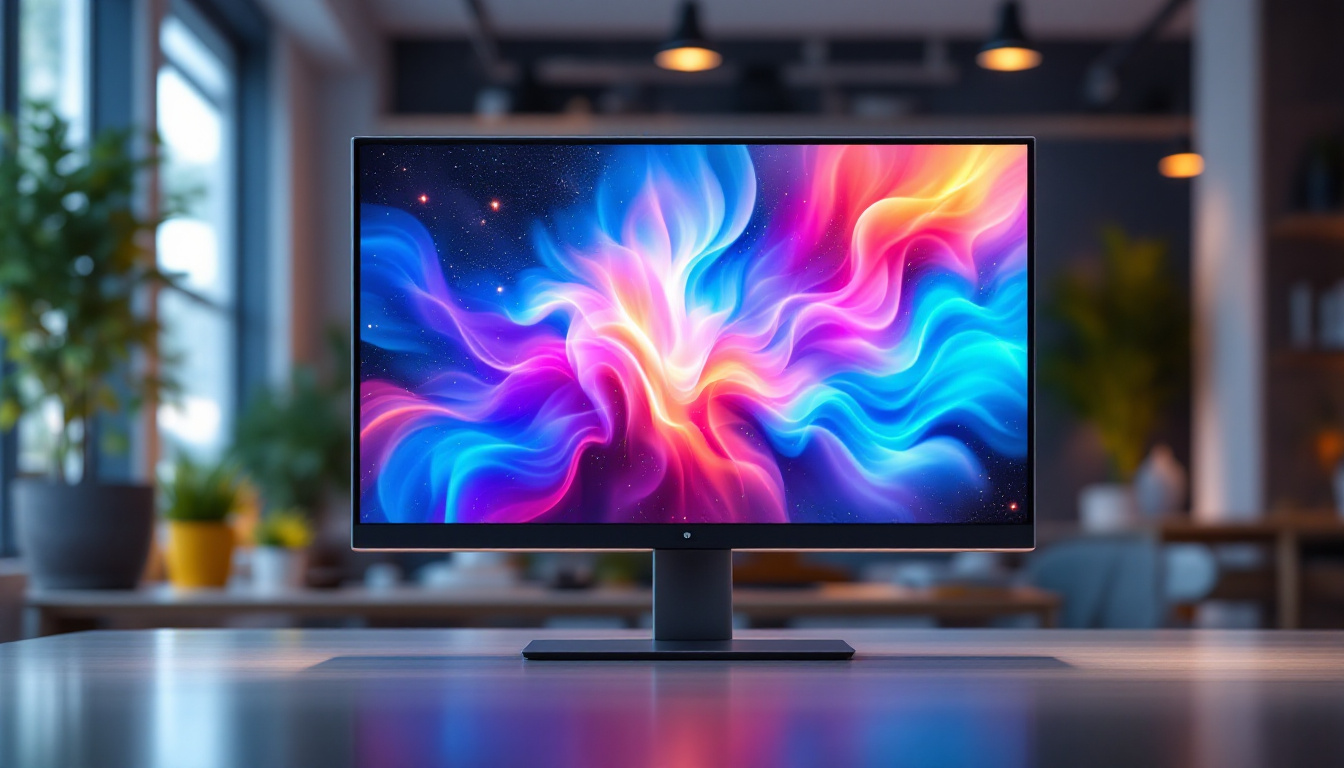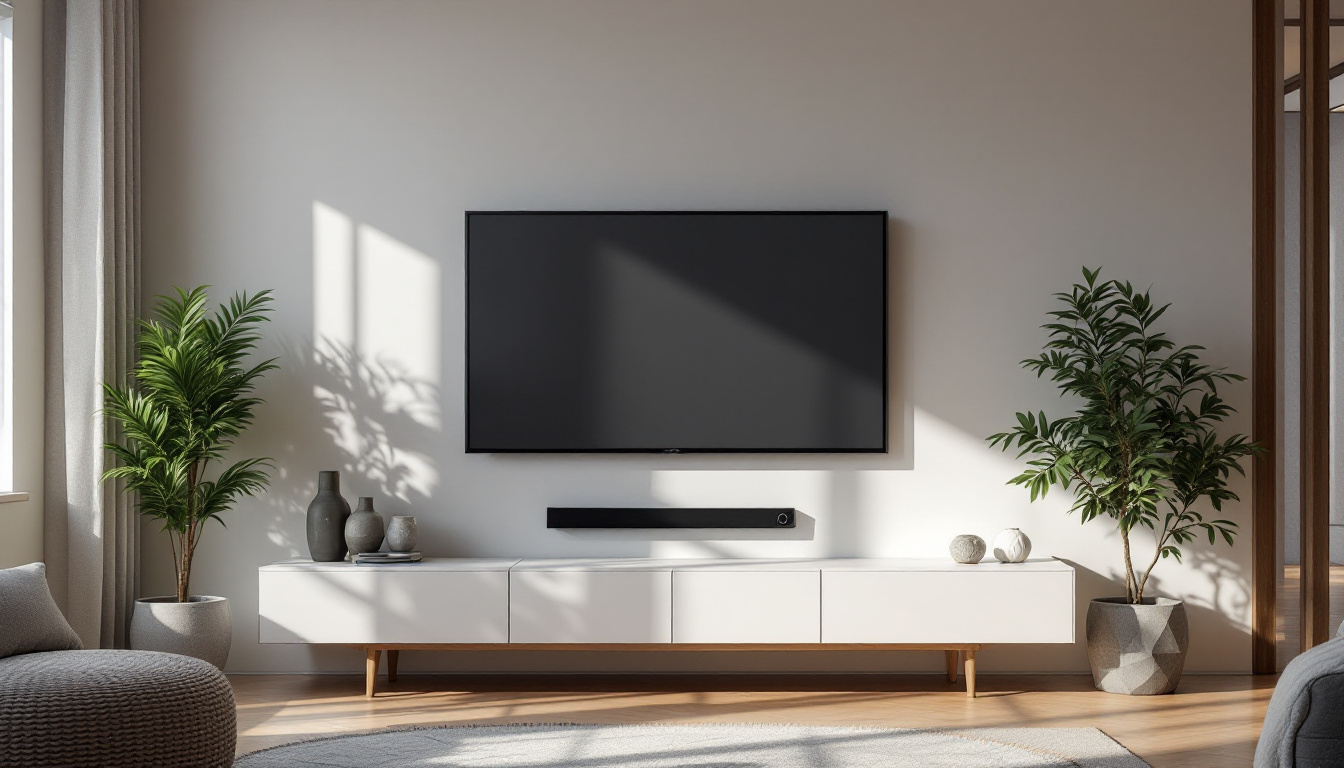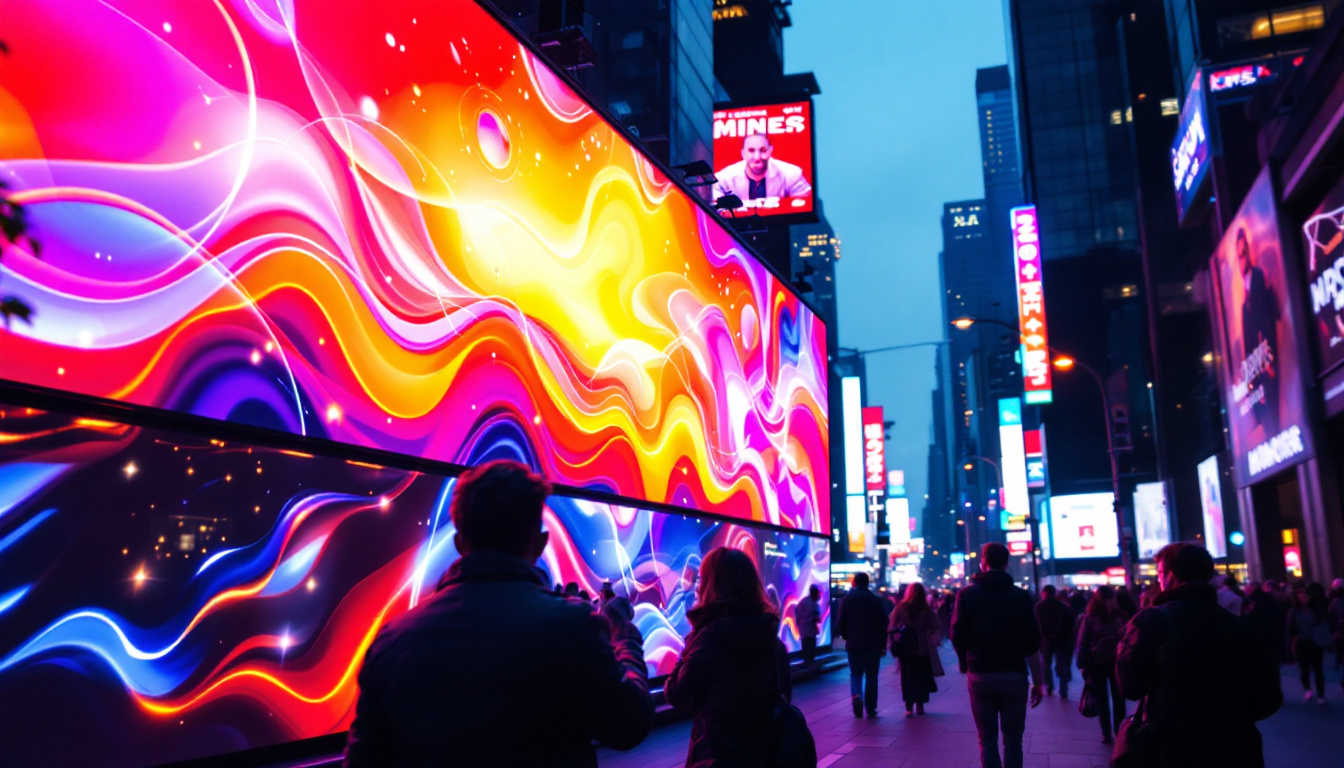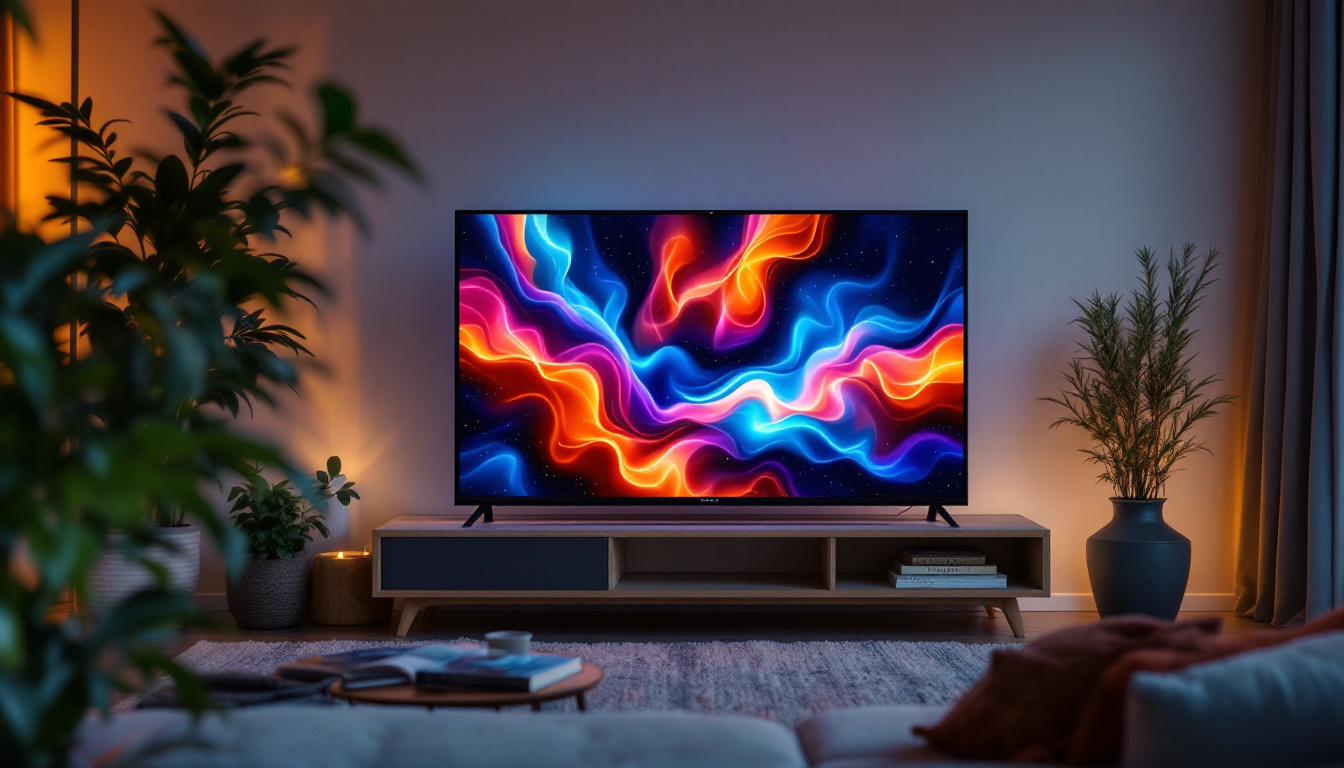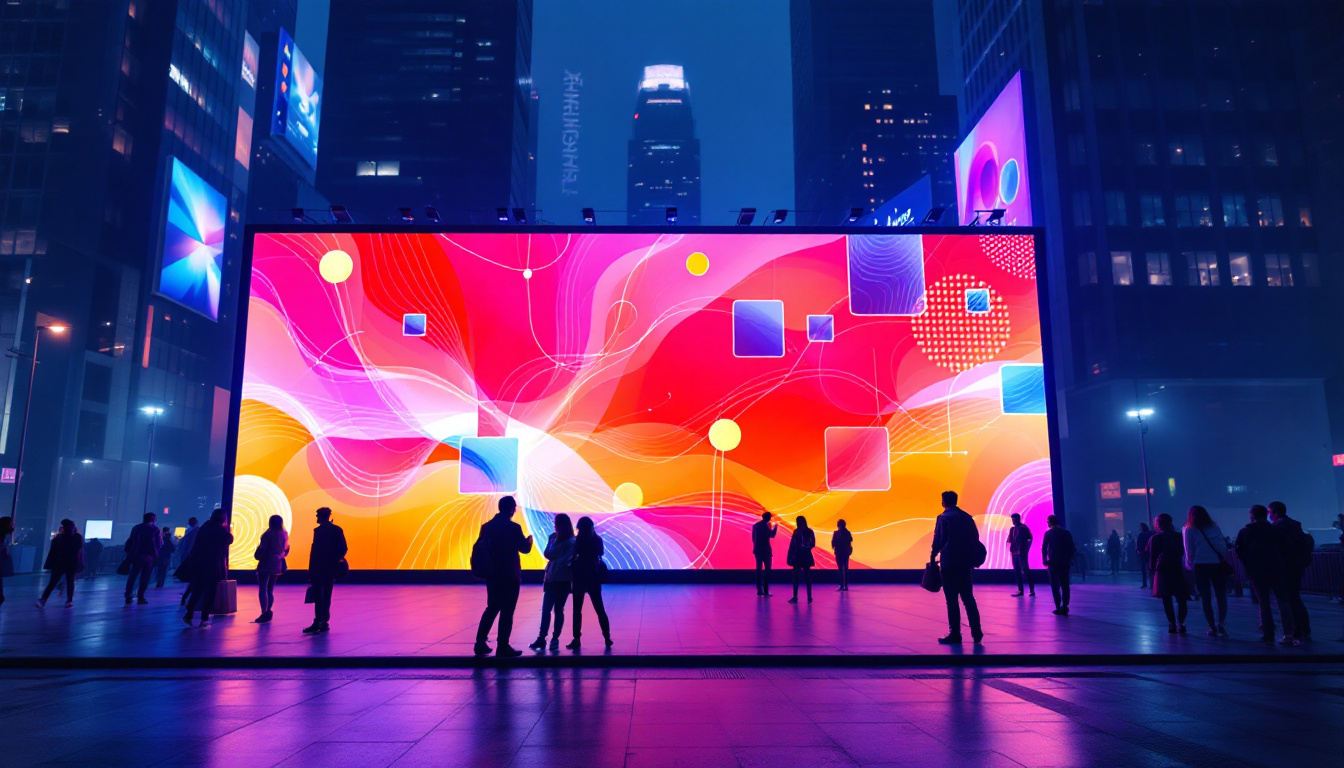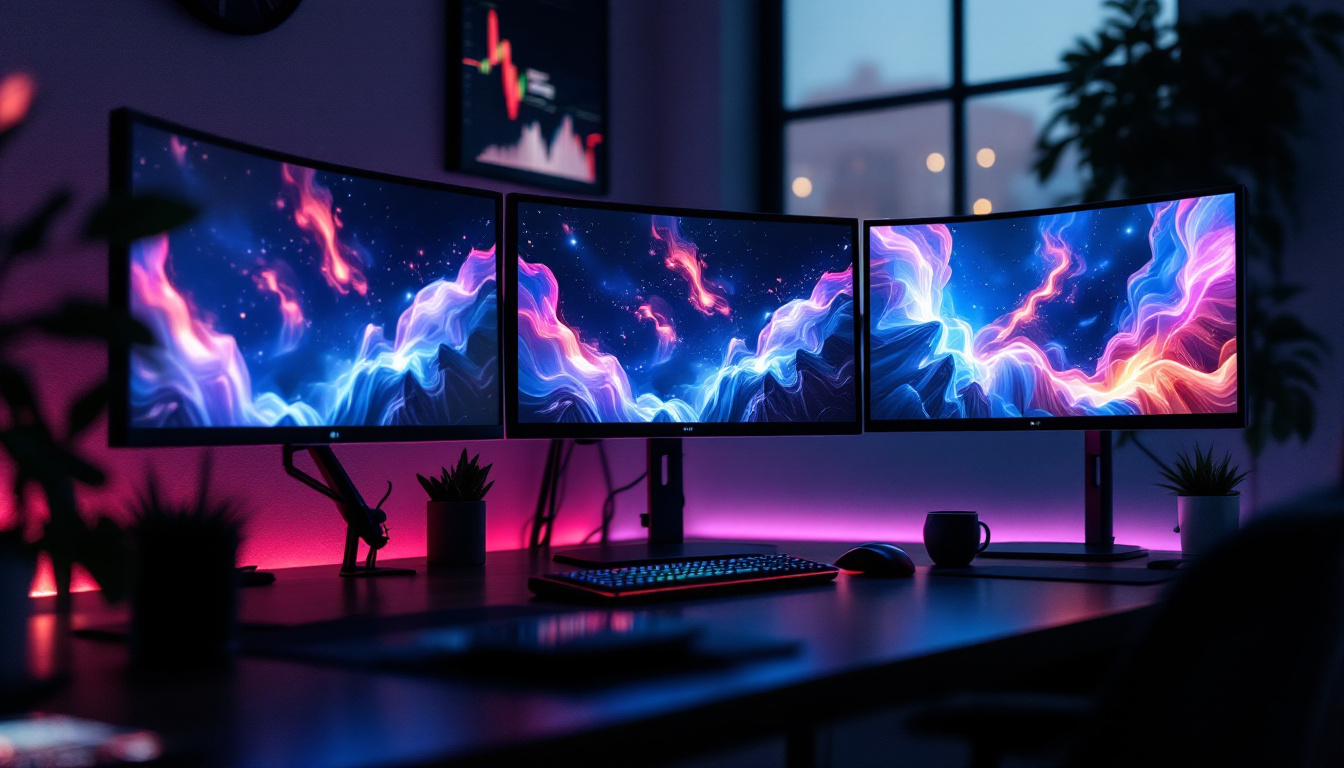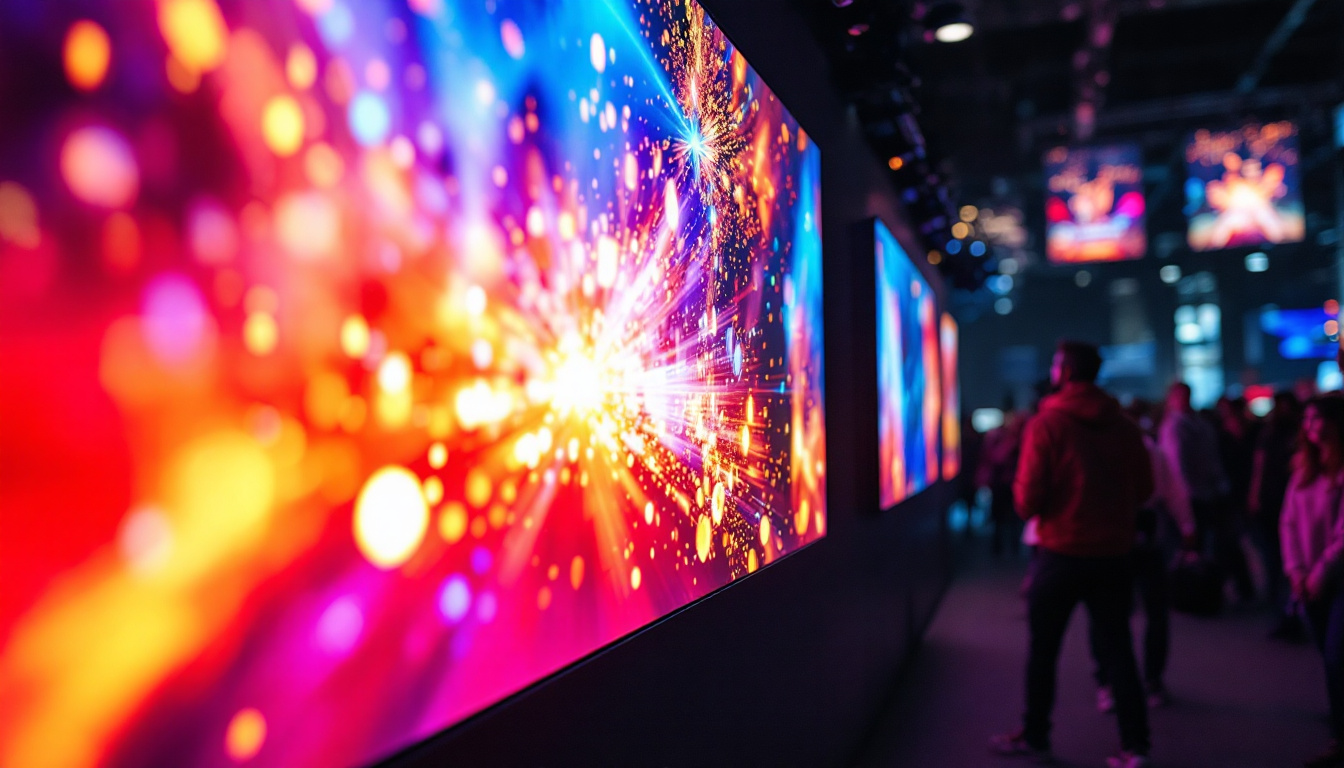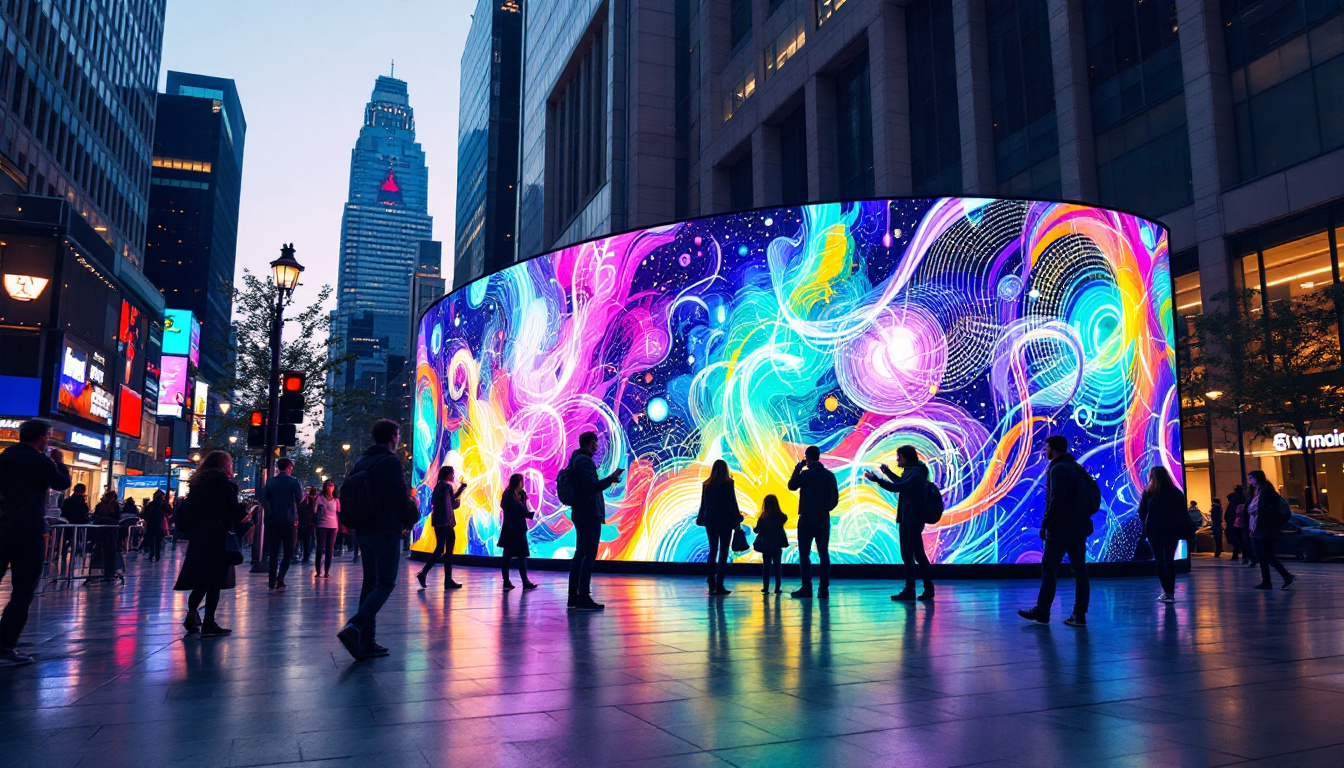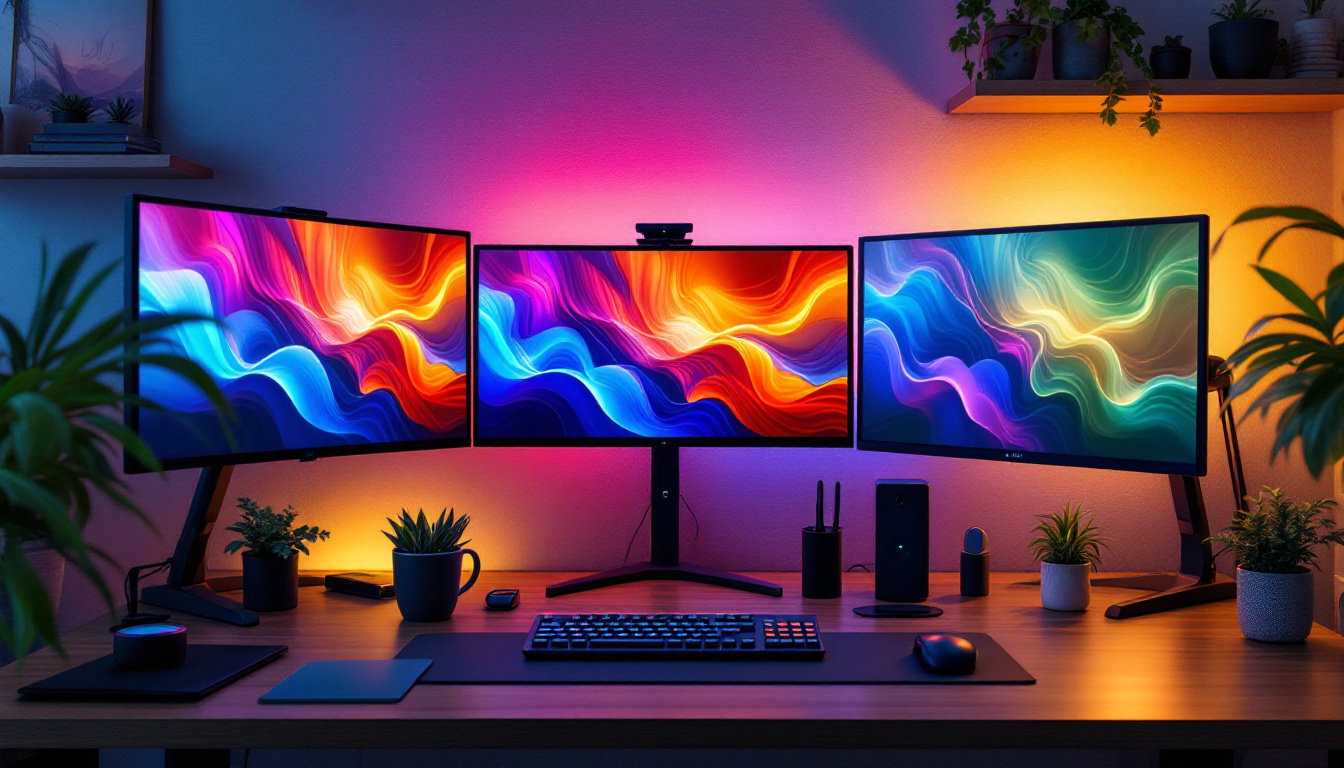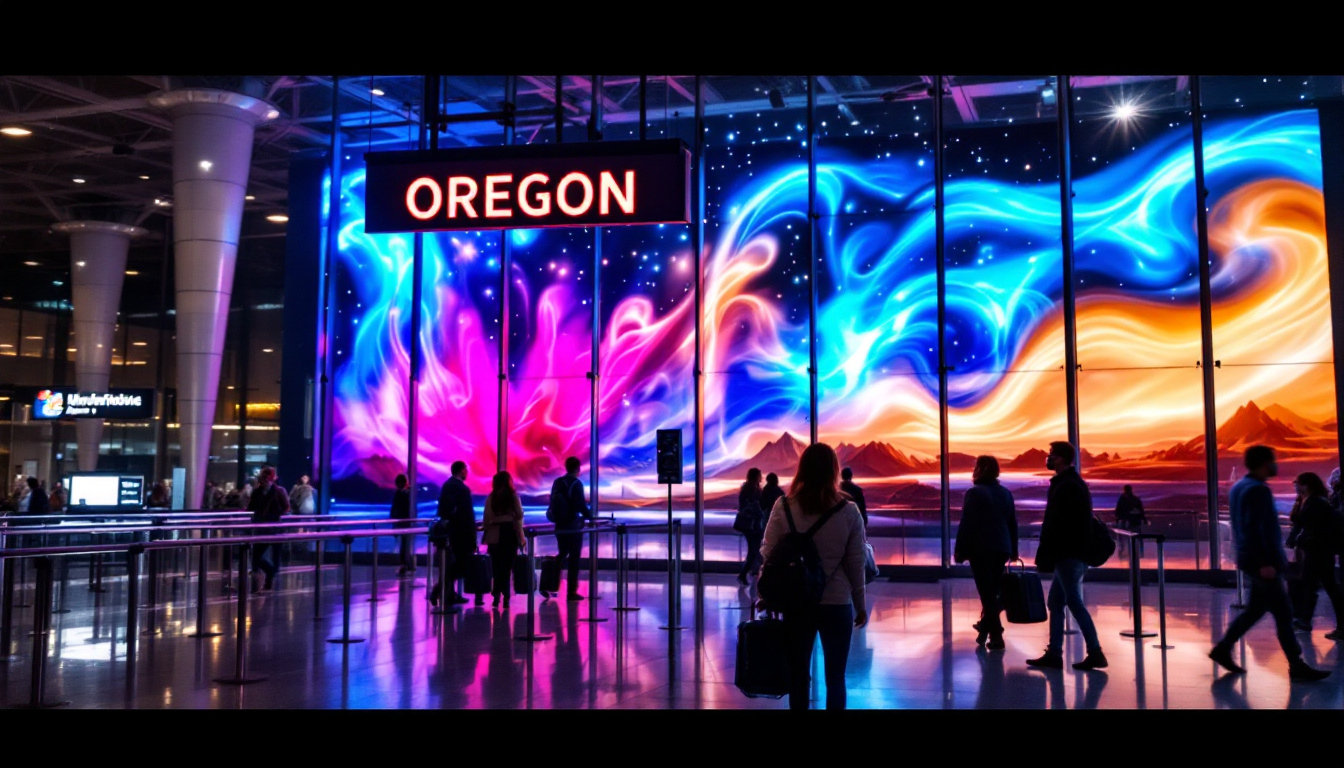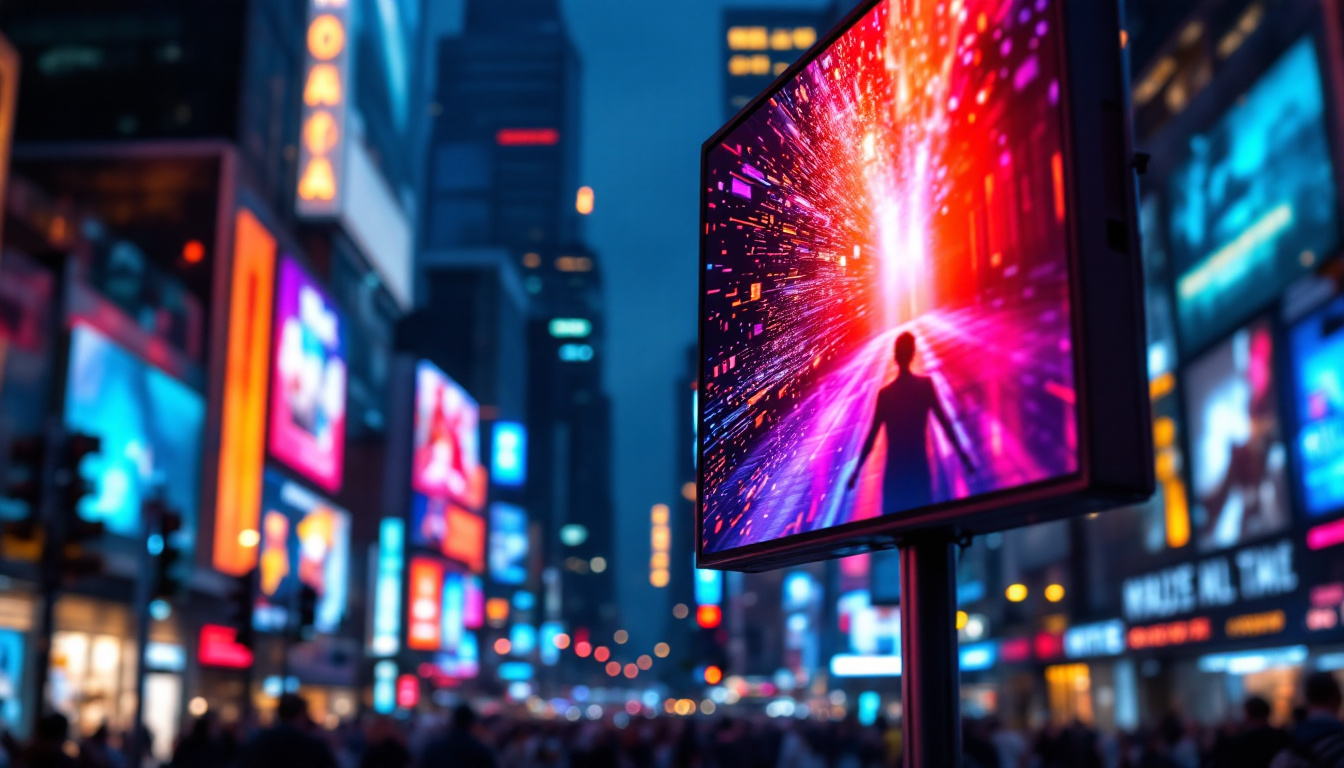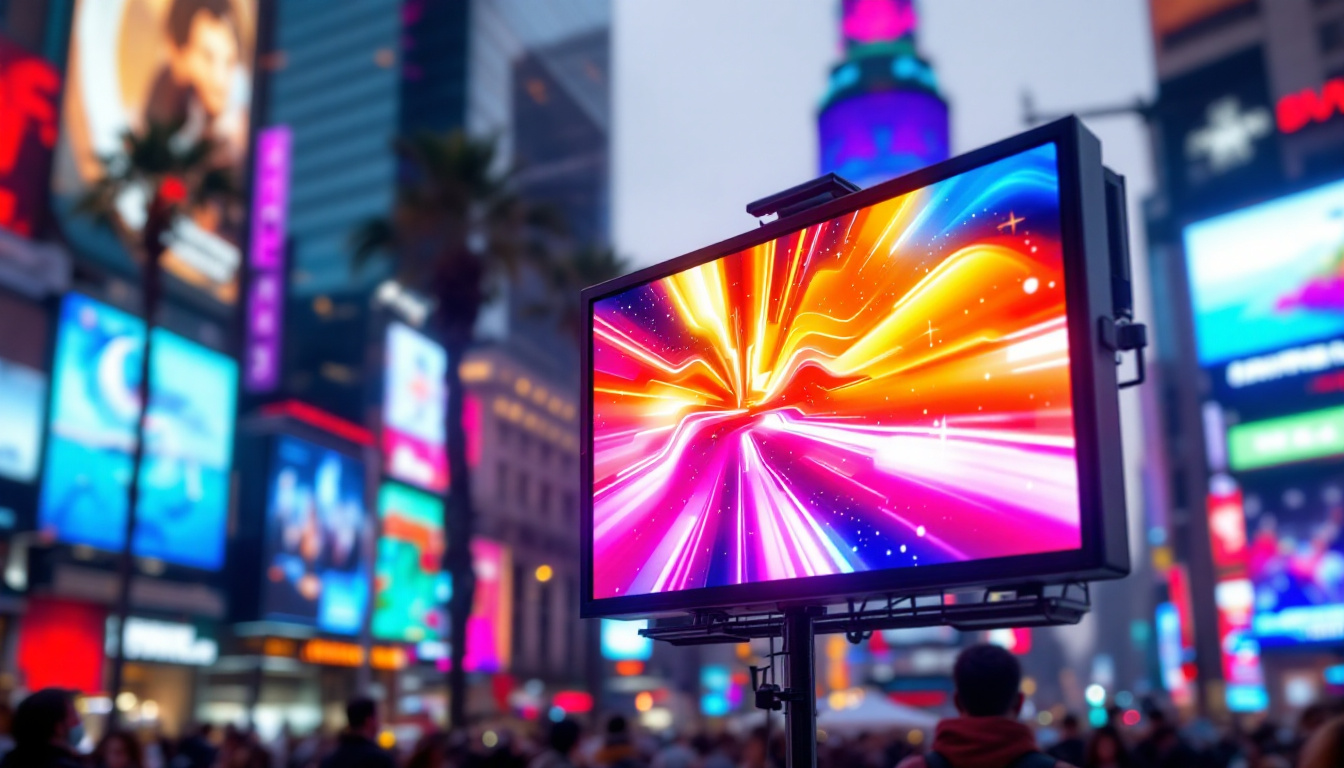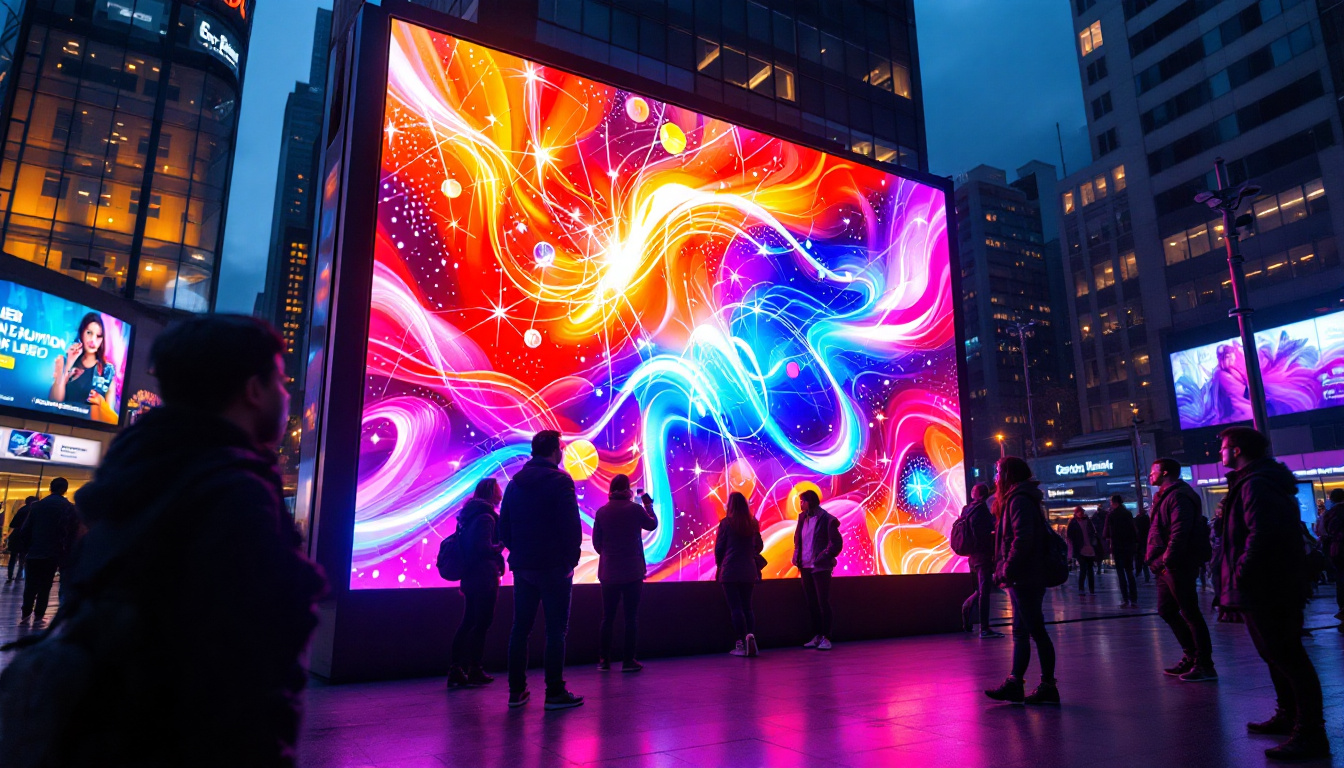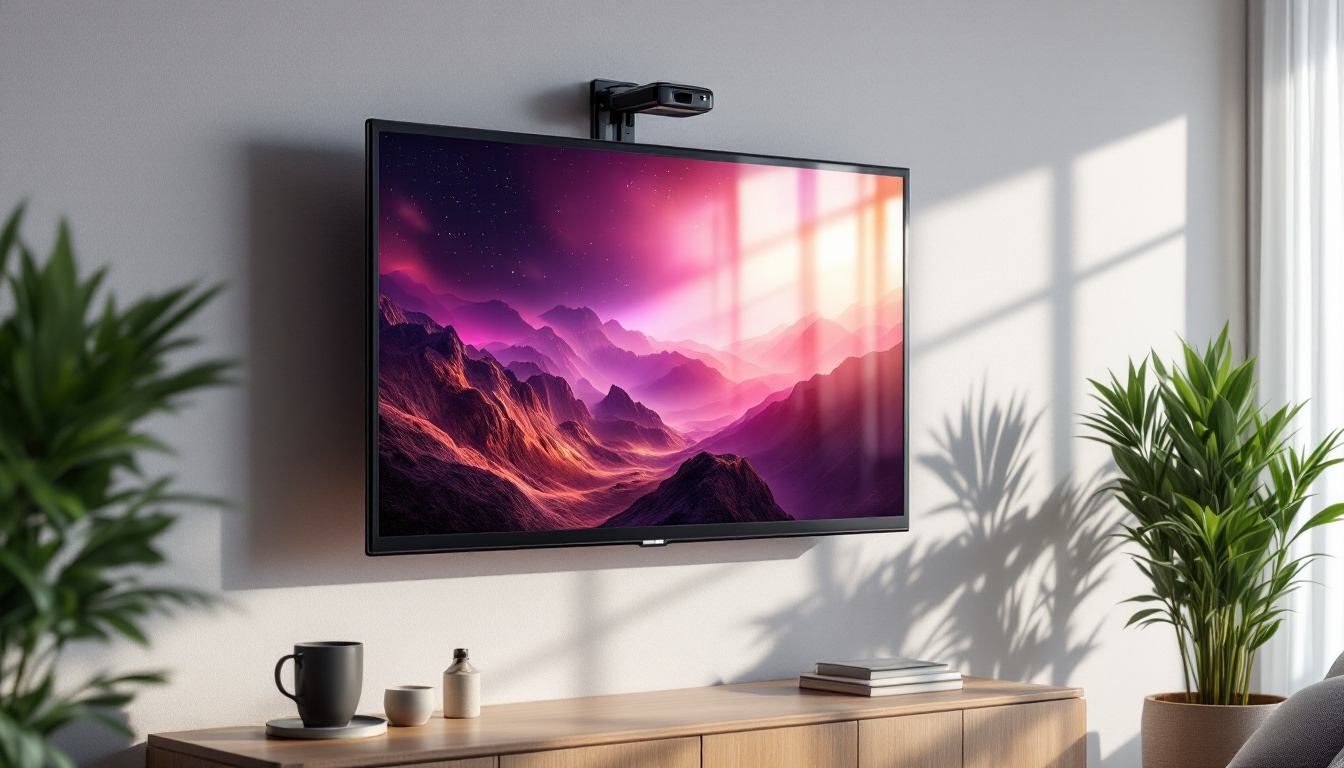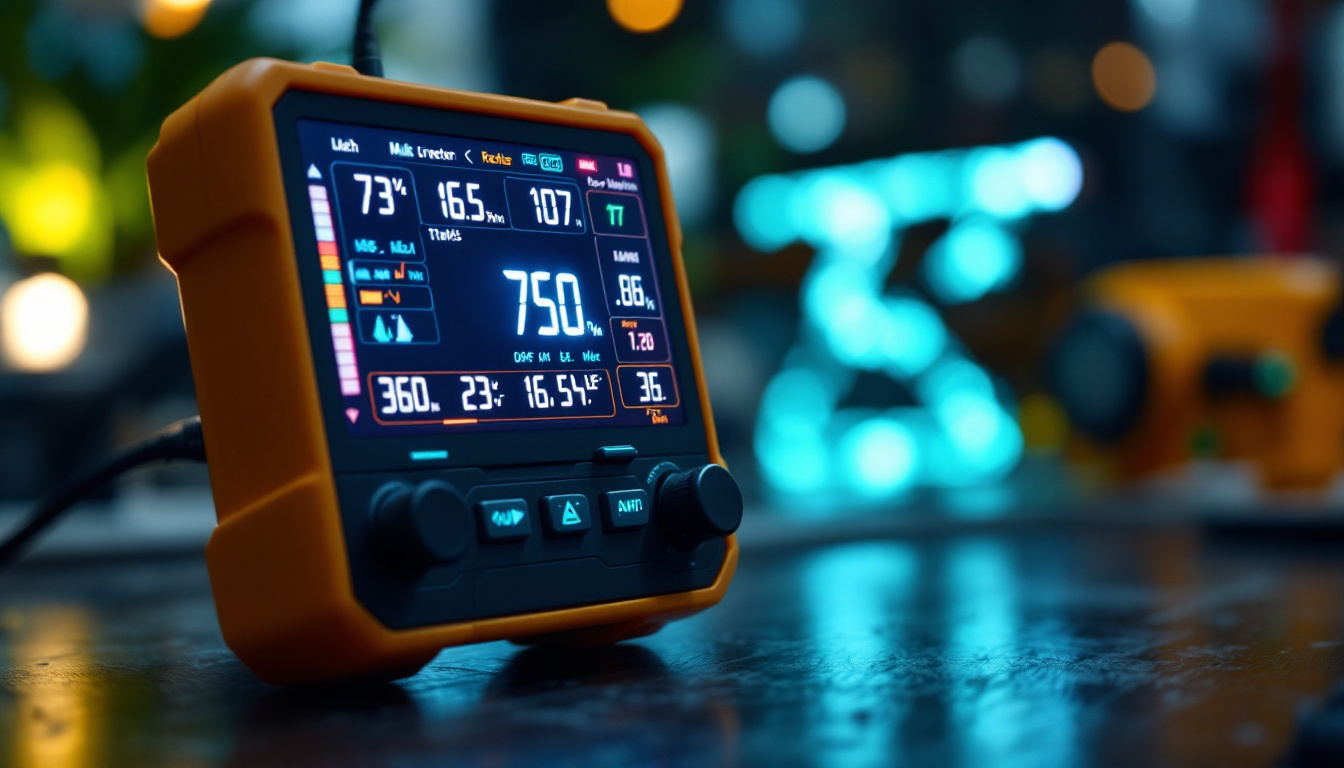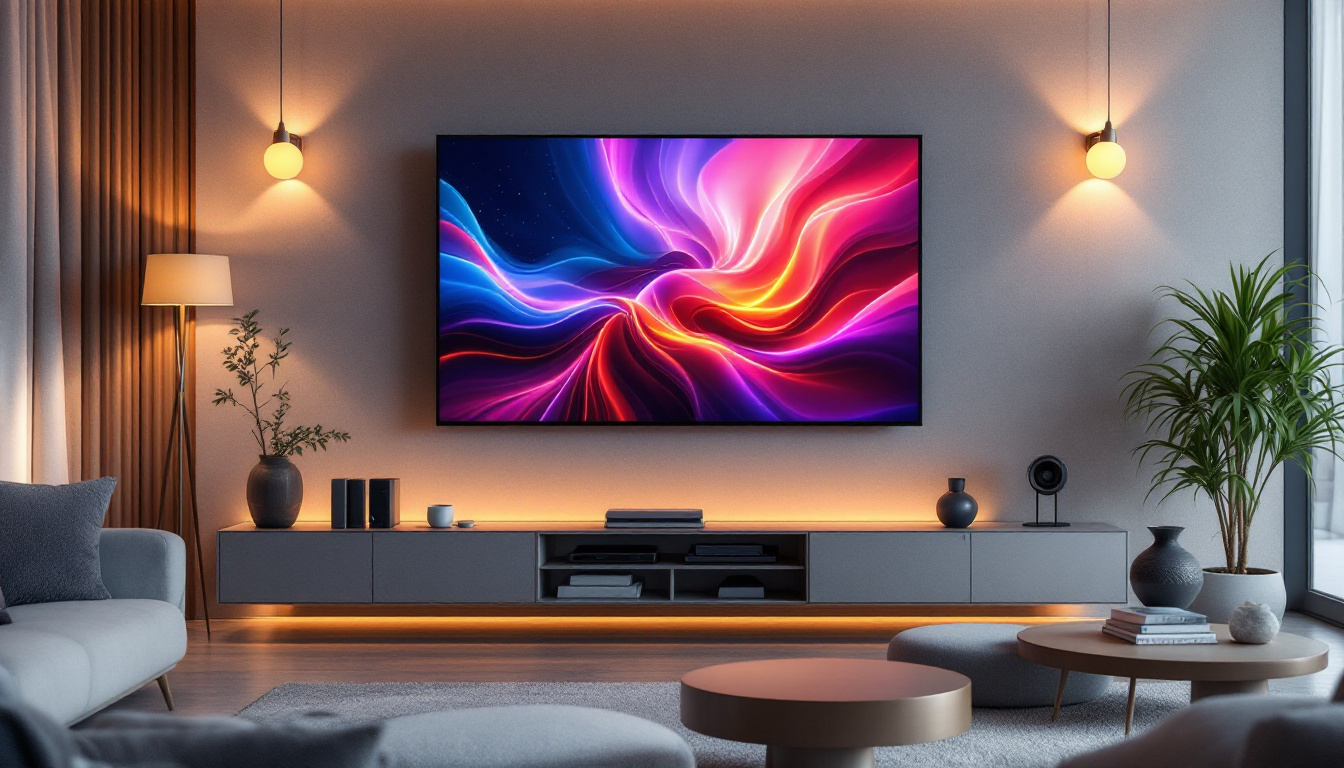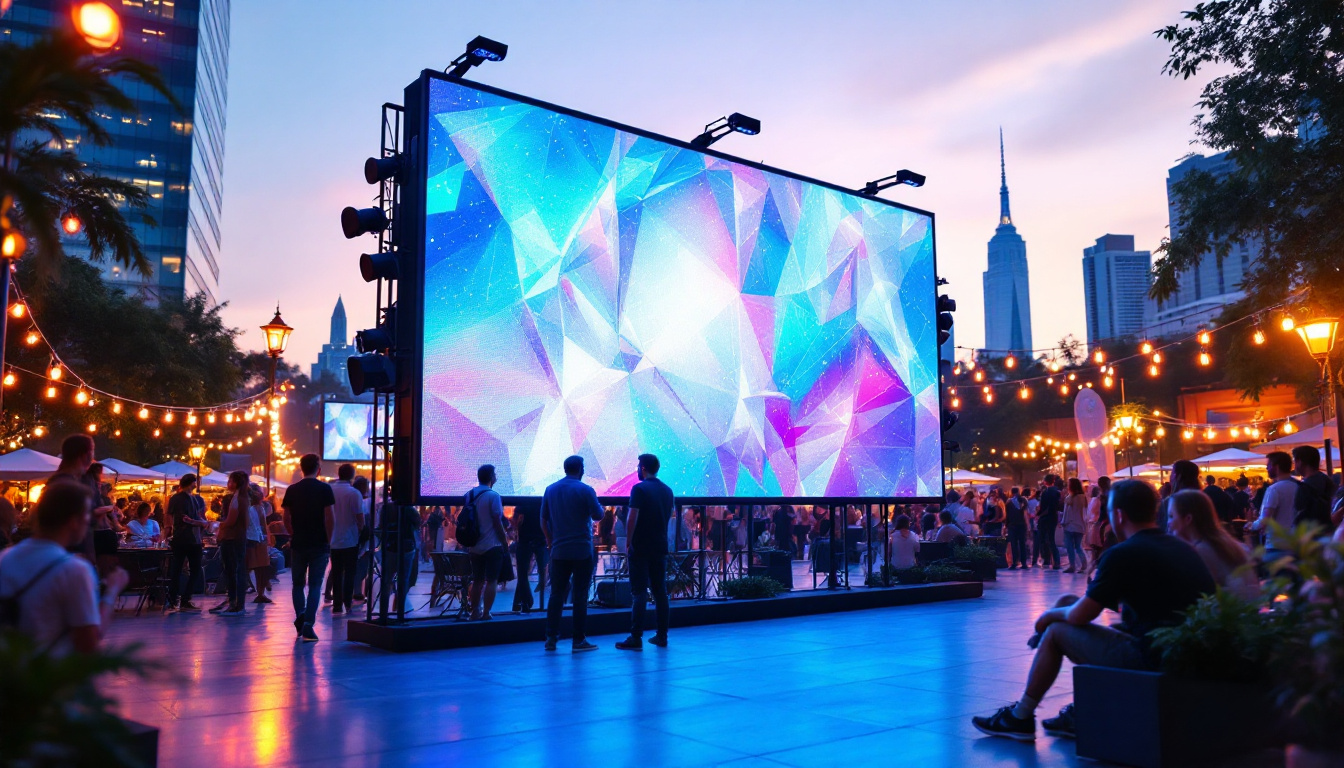Video Wall Controller: LED Display Explained
In the modern world of visual displays, video walls have emerged as a powerful tool for communication, advertising, and entertainment. These large-scale displays, composed of multiple screens, create a unified visual experience that captivates audiences. Central to the functionality of these video walls is the video wall controller, a device that manages the content displayed across the screens. This article delves into the intricacies of video wall controllers and LED displays, providing insights into their technology, applications, and benefits.
Understanding Video Wall Controllers
A video wall controller is a sophisticated piece of equipment that allows users to manage and control multiple display screens as a single cohesive unit. It plays a crucial role in ensuring that the content displayed is synchronized and visually appealing. The controller takes input from various sources and distributes it across the screens, enabling a seamless viewing experience. This technology is particularly valuable in environments where visual impact is essential, such as command centers, retail spaces, and large event venues, where the ability to capture attention can significantly influence audience engagement.
How Video Wall Controllers Work
The operation of a video wall controller is based on its ability to process and distribute video signals. Typically, these controllers accept multiple input sources, such as computers, cameras, and media players. The controller then encodes, decodes, and processes the input signals before sending them to the individual screens. Advanced video wall controllers can also support high-definition and 4K video formats, ensuring that the content displayed is crisp and vibrant, which is particularly important for detailed graphics and live feeds.
Once the signals are processed, the controller can manipulate the content in various ways. For instance, it can split a single image across multiple screens, display different content on each screen, or create dynamic layouts that enhance the visual experience. This flexibility is what makes video wall controllers essential for applications ranging from corporate presentations to public displays. Moreover, many modern controllers come equipped with user-friendly interfaces and remote management capabilities, allowing operators to make real-time adjustments and monitor performance from afar, which is invaluable in high-stakes environments.
Types of Video Wall Controllers
Video wall controllers come in different types, each suited for specific applications and environments. The most common types include:
- Hardware-based Controllers: These are dedicated devices that offer high performance and reliability. They are ideal for large installations where image quality and processing speed are paramount. Often, these controllers feature advanced cooling systems and robust build quality to ensure they can handle extended operational hours without overheating.
- Software-based Controllers: These utilize software applications running on standard computers to manage the video wall. They are often more flexible and cost-effective but may not provide the same level of performance as hardware-based solutions. Software-based systems can often be updated easily, allowing users to take advantage of the latest features and enhancements without needing to invest in new hardware.
- Hybrid Controllers: Combining both hardware and software elements, hybrid controllers offer a balance between performance and flexibility. They are suitable for a wide range of applications. These systems can leverage the strengths of both approaches, providing users with the ability to customize their setups according to specific needs while maintaining high-quality output.
In addition to the types of controllers, it is also important to consider the connectivity options available. Many video wall controllers support a variety of input formats, including HDMI, DisplayPort, and even legacy connections like VGA, making them versatile enough to integrate with existing systems. Furthermore, the rise of cloud-based solutions has introduced new possibilities for video wall management, allowing users to access and control their displays from anywhere in the world, which is particularly advantageous for organizations with remote teams or multiple locations.
The Role of LED Displays in Video Walls
LED displays have become the preferred technology for video walls due to their brightness, color accuracy, and energy efficiency. Unlike traditional LCD screens, LED displays utilize light-emitting diodes to produce images, resulting in vibrant colors and deep blacks. This section explores the advantages of LED displays and their impact on video wall technology.
Advantages of LED Technology
LED displays offer several advantages that make them ideal for video wall applications:
- High Brightness: LED displays can achieve higher brightness levels compared to other display technologies, making them suitable for environments with high ambient light.
- Wide Viewing Angles: LED technology provides excellent viewing angles, ensuring that the content is visible from various positions in the audience.
- Energy Efficiency: LED displays consume less power than traditional displays, making them a more sustainable choice for large installations.
Modular Design and Scalability
One of the key features of LED displays is their modular design. Each display unit can be combined with others to create a larger video wall. This modularity allows for flexibility in design and scalability, enabling users to customize the size and configuration of their video walls based on specific requirements.
Additionally, if a single module fails, it can be easily replaced without the need to dismantle the entire wall, ensuring minimal downtime and maintenance costs.
Applications of Video Walls
Video walls are utilized in a variety of settings, each taking advantage of their unique capabilities. From corporate environments to public spaces, the applications of video walls are vast and diverse.
Corporate and Business Use
In corporate settings, video walls serve multiple purposes, including presentations, video conferencing, and data visualization. They enhance communication by providing a large canvas for displaying information, making it easier for teams to collaborate and share ideas.
Moreover, video walls can be used in control rooms for monitoring operations, allowing teams to visualize real-time data from various sources. This capability is particularly valuable in industries such as security, transportation, and utilities.
Advertising and Marketing
Video walls have become a staple in advertising and marketing, especially in retail environments. They capture the attention of customers with dynamic content, promotions, and brand messaging. The ability to display high-quality visuals and videos makes video walls an effective tool for engaging audiences and driving sales.
Furthermore, video walls can be strategically placed in high-traffic areas, ensuring maximum visibility and impact. The flexibility of content management allows businesses to update their messaging in real-time, adapting to changing marketing strategies.
Entertainment and Events
In the entertainment industry, video walls are used in concerts, sports events, and exhibitions to create immersive experiences. They enhance the visual spectacle by displaying live feeds, animations, and interactive content, captivating audiences and elevating the overall experience.
Event organizers often use video walls to provide information, such as schedules and directions, ensuring that attendees have a seamless experience. The versatility of video walls allows for creative staging and dynamic presentations that leave a lasting impression.
Benefits of Using Video Wall Controllers
The integration of video wall controllers with LED displays offers numerous benefits that enhance the overall functionality and effectiveness of video walls. Understanding these advantages can help organizations make informed decisions about their visual display needs.
Enhanced Content Management
Video wall controllers provide advanced content management features that allow users to easily schedule, update, and control the content displayed on the screens. This capability is crucial for businesses that require frequent updates or want to run multiple campaigns simultaneously.
With user-friendly interfaces, operators can quickly switch between different input sources, customize layouts, and manage content from a centralized location. This level of control ensures that the right message is delivered at the right time, maximizing the impact of the display.
Improved Collaboration and Communication
In environments where collaboration is key, video wall controllers facilitate communication by allowing teams to share information seamlessly. Whether it’s displaying data from multiple sources or showcasing presentations, the ability to manage content effectively enhances collaboration among team members.
Furthermore, video wall controllers can integrate with other technologies, such as video conferencing systems, to create a cohesive communication platform. This integration fosters a more interactive environment, encouraging participation and engagement.
Challenges and Considerations
While video wall controllers and LED displays offer numerous benefits, there are challenges and considerations that organizations must address when implementing these systems. Understanding these factors can help ensure successful deployment and operation.
Cost and Budgeting
The initial investment in video wall technology can be significant, particularly for high-quality LED displays and advanced controllers. Organizations must carefully assess their budget and consider the long-term return on investment.
Additionally, ongoing maintenance and operational costs should be factored into the budget. This includes expenses related to content management, software updates, and potential repairs or replacements of display units.
Technical Expertise
Operating a video wall system requires a certain level of technical expertise. Organizations may need to invest in training for staff or hire specialized personnel to manage and maintain the system effectively.
Moreover, as technology evolves, staying updated with the latest advancements in video wall technology is essential. This may involve ongoing education and training to ensure that the organization can fully leverage the capabilities of their video wall system.
Future Trends in Video Wall Technology
The field of video wall technology is continuously evolving, with new advancements emerging regularly. Understanding these trends can help organizations stay ahead and make informed decisions about their visual display strategies.
Increased Integration with AI and Automation
As artificial intelligence (AI) and automation technologies advance, video wall controllers are expected to become more intelligent and user-friendly. AI can enhance content management by analyzing viewer engagement and suggesting optimal content based on audience preferences.
Automation can streamline the operation of video walls, allowing for scheduled content updates and real-time adjustments based on environmental factors, such as lighting conditions or audience demographics.
Enhanced Interactivity
The demand for interactive experiences is growing, and video walls are adapting to meet this need. Future video wall systems may incorporate touch-sensitive technology, allowing audiences to engage directly with the content displayed.
Interactive video walls can enhance visitor experiences in museums, trade shows, and retail environments, providing opportunities for deeper engagement and participation.
Conclusion
Video wall controllers and LED displays represent a powerful combination that transforms the way information is communicated and experienced. With their ability to create captivating visual displays, these technologies are becoming indispensable in various industries, from corporate to entertainment.
As organizations continue to explore the potential of video walls, understanding the technology, applications, and benefits will be crucial for maximizing their impact. By staying informed about emerging trends and addressing challenges, businesses can leverage video wall technology to enhance communication, engagement, and overall effectiveness.
Discover LumenMatrix LED Display Solutions
Ready to elevate your visual display capabilities? LumenMatrix is at the forefront of LED display technology, offering a wide array of innovative solutions tailored to your needs. From immersive Indoor LED Walls to dynamic Outdoor LED Displays, and from versatile Vehicle LED Displays to engaging LED Sports Displays, our products are designed to captivate and communicate with unparalleled clarity. Experience the future of visual storytelling with our Custom LED Displays and All-in-One solutions. Visit LumenMatrix LED Display Solutions to transform your space and create unforgettable experiences.

